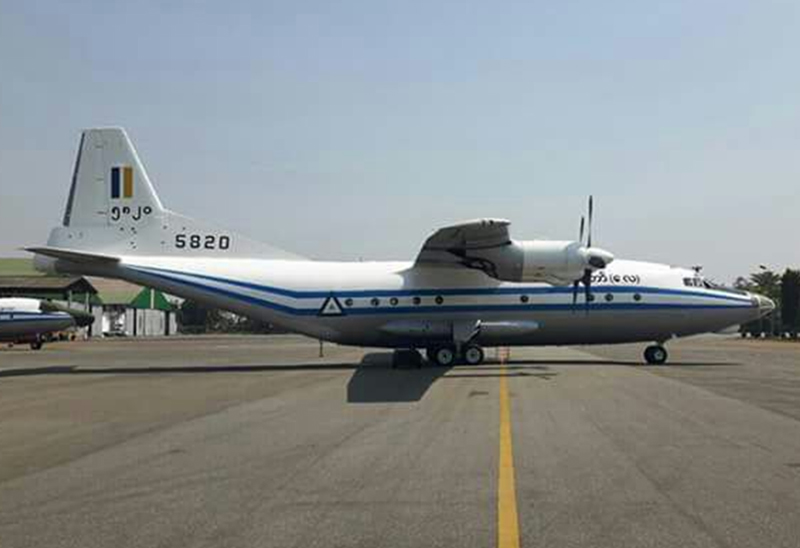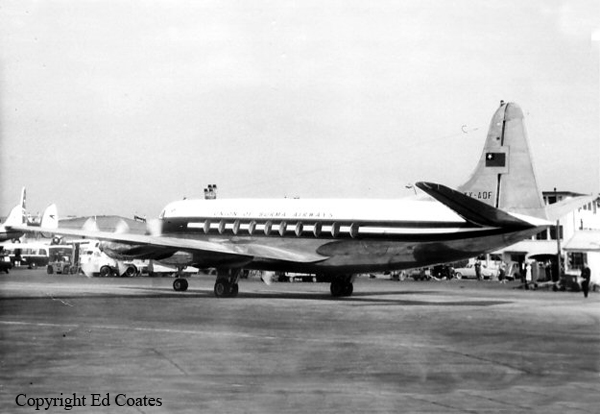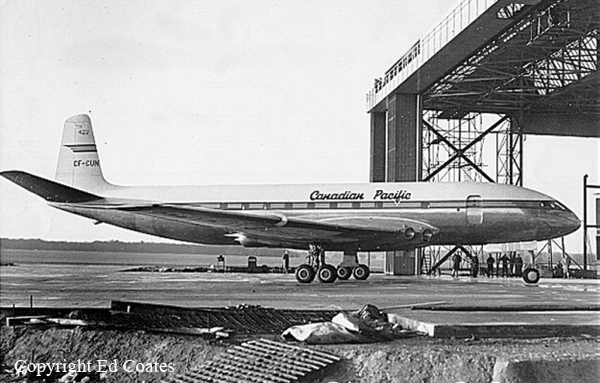Crash of a Shaanxi Y-8F-200W into the Andaman Sea: 122 killed
Date & Time:
Jun 7, 2017 at 1335 LT
Registration:
5820
Survivors:
No
Schedule:
Mergui – Yangon
YOM:
2016
Crew on board:
14
Crew fatalities:
Pax on board:
108
Pax fatalities:
Other fatalities:
Total fatalities:
122
Aircraft flight hours:
809
Circumstances:
The aircraft departed Mergui (Myeik) Airport at 1306LT bound for Yangon, carrying soldiers and their family members. While cruising at an altitude of 18,000 feet in good weather conditions, radar contact was lost with the airplane that crashed in unknown circumstances in the Andaman Sea at 1335LT. SAR operations were initiated and first debris were found at the end of the afternoon about 218 km off the city of Dawei, according of the Myanmar Army Chief of Staff. It is believed that none of the occupants survived the crash. Brand new, the aircraft has been delivered to the Myanmar Air Force in March 2016. The Shaanxi Y-8 is a Chinese version of the Antonov AN-12 built post 2010. The tail of the aircraft was found a week later and both CFR and DFDR were recovered and transmitted to the Army for further investigations.






